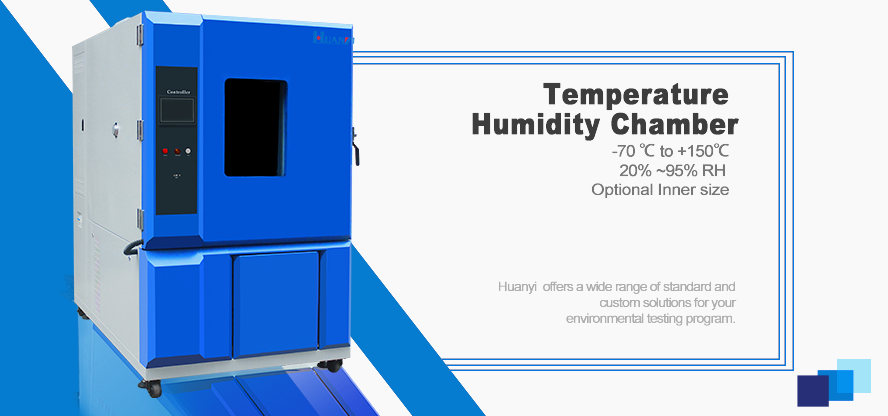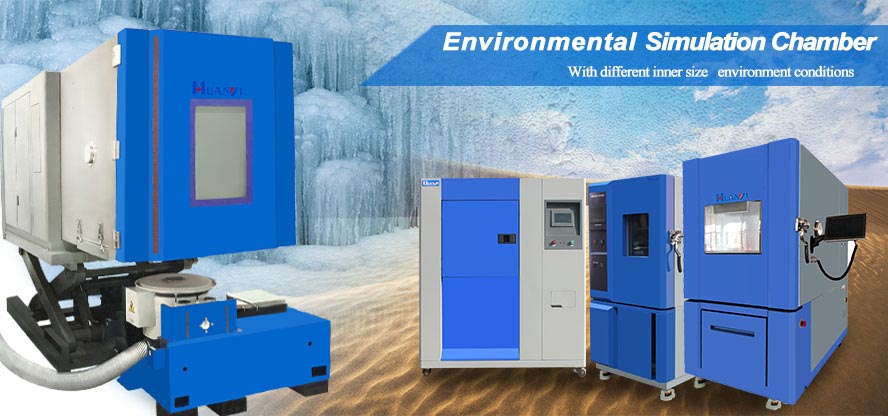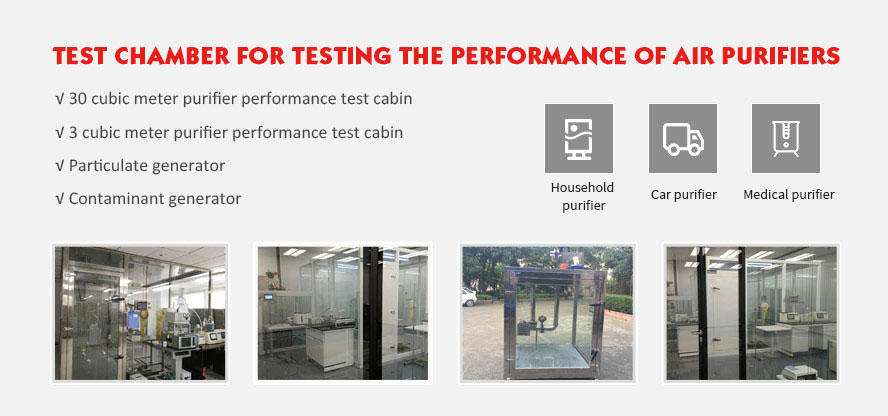Thermal shock test method for semiconductor chips
When conducting thermal shock tests on semiconductor chips, attention should be paid to: determine the test temperature according to the product usage environment. The duration of exposure of the test piece to extreme temperatures should be the actual operating time of the semiconductor chip or the time for the temperature to stabilize. The duration specified in GJB 150 is generally 1h, or the time for the temperature to reach stability. When the temperature is stable for more than 1h, the temperature stabilization time is used. Regarding conversion time and temperature change rate, GJB requirements will be more stringent than GB requirements. For example, GJB 150A requires the conversion time to be as short as possible, the conversion time is required to be no more than 1 minute, and the temperature change rate is less than 3°C/min. If the time exceeds 1 minute because the sample size is too large, the rationality should be explained.
Semiconductor chip thermal shock method
Power on the test piece chip and place it on the shelf;
Set the test temperature as required;
First, conduct a low-temperature test on the specimen, and then conduct a high-temperature test. The number of cycles is based on the requirements;
Record the relevant parameters of the semiconductor chip under working conditions and at the set temperature, providing reliable data basis for product analysis, process improvement and batch-oriented quality traceability.
Hot and cold shock direction selection
The test piece starts with a low temperature or high temperature test, and different standards have different interpretations. If the test starts from the low temperature section, the test ends in the high temperature section; if the test starts from the high temperature section, it ends in the low temperature section. In order to prevent product condensation on the surface of the specimen after the test, it is necessary to add a drying and recovery process when the test ends in the low temperature section, which increases the test cycle. It is recommended that the test starts from the low temperature section and ends in the high temperature section.










